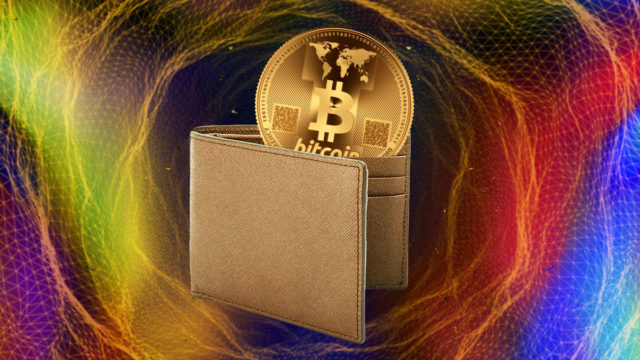
With the click of a button, you can buy almost anything under the sun from millions of sellers and have it on your doorstep in two days. Going to the airport? Download an app and skip to the front of the line. Need to send money to friends and family? A growing list of companies can do that for you.
Without a doubt, the success of these business models speaks to what modern consumers really want: ease and convenience. Yet all too often we marketers assume that means speed. Yes, Amazon, Clear and Venmo give us what we want quickly, but the foundation of all of them is ease.
In today’s customer experience-led world, ease has become one of the most important elements to consider when designing a new customer experience. Research proves that ease is directly correlated to task completion: The easier the experience, the more likely the customer is to complete the desired action. Though this is hardly news to many marketers, ease continues to be a pervasive design problem across industries. In most cases, it’s not due to lack of resources or commitment to customers but in failing to answer the question: What does ease actually mean?
Let me take a stab at that here: Ease is about making an experience intuitive and solving basic questions for the customer. Why am I here? What should I do next? Why should I do it at all? Solving these basic questions reduces cognitive load and removes points of friction. When a user is presented with an easy-to-use interface and a seamless transition from start to finish, they are more likely to return and purchase again in the future. Not only does this increase customer satisfaction and conversions in the short term, but it also creates loyal customers who will spread the word about your brand. If you can provide them with a seamless experience, they will have faith in your product or service because they know it works well and runs smoothly.
It is important not to equate speed with ease, or as a component of ease, but rather a byproduct of it. The trap of focusing on speed is an easy one to fall into: Instinctively, when things become easier, you can do them faster. Plus, we all know how hard it is to capture and hold someone’s attention, so the conventional wisdom says to get through it as fast as we can before we lose them. Combine these two lines of thinking with how data gets interpreted and how often it doesn’t tell the full picture—the data is likely showing you how long people are staying on your site and how far down the funnel they’re getting. It’s not hard to do the math and say, we only have this much time to get them to the end. But what if you took a few additional seconds to help people, created something compelling enough for them to stick around or your data was telling you more about correlation than causation?
It is essential to remember that consumers are more than happy to give you additional time, even more so if you have a strong brand and value proposition. However, there is one major condition—they want to get good value for their time. Checkout flows, account/profile creation, quizzes and product finders are great examples of places you see this confusion occur. When it comes to people going through these experiences, users should feel they generally know how much time it will take and whether they trust your motives in capturing this data. But most importantly, they need to feel a strong value for their time.
A well-built example is how Brooks Running’s Shoe Finder quiz does far more than just pick out the perfect pair of shoes for runners—it offers a unique, in-depth experience that utilizes science to address needs specific to each user. It starts by letting the user know that it could take up to five minutes and is here to support their goals. Along the way, users are asked questions and provided with quick explanations as to why their answers matter, not only helping them find suitable footwear but also giving valuable insight into their support requirements. And Brooks has clearly done its homework: Via links throughout the process, they back up all assertions made regarding how different body movements impact shoe choice. It’s a great example of why Brooks has a great reputation, strong authority and such a loyal following.
When creating an online experience, ask yourself: Can I reduce complexity and focus on transparency? How can I make sure my customers don’t feel overwhelmed? Are users always best served by removing as many steps and screens as possible? These questions should provide guidance when creating an engaging yet intuitive experience.
Every consumer is judging all their interactions through the lens of their last, best experience. It no longer matters, and hasn’t for quite a while, if you are best in your category. To win, you need to be the best in class.
Consumers’ expectations are higher than ever, and a big part of the expectation is that things should work the way they expect it to. Brands would be well advised to slow down, take their time and help users through this process while showing at every step that this is a good use of their time and they will be glad they did it. If you do this right, you’ll have created an engaging customer experience that leaves people feeling satisfied each time. And you don’t have to take my word for it—that’s what testing is for.















